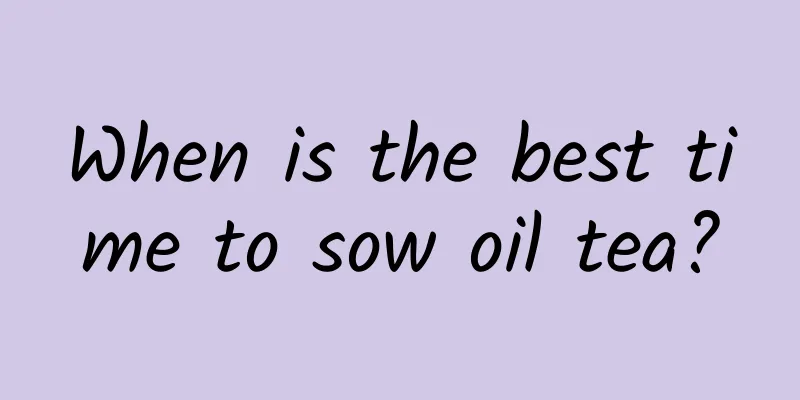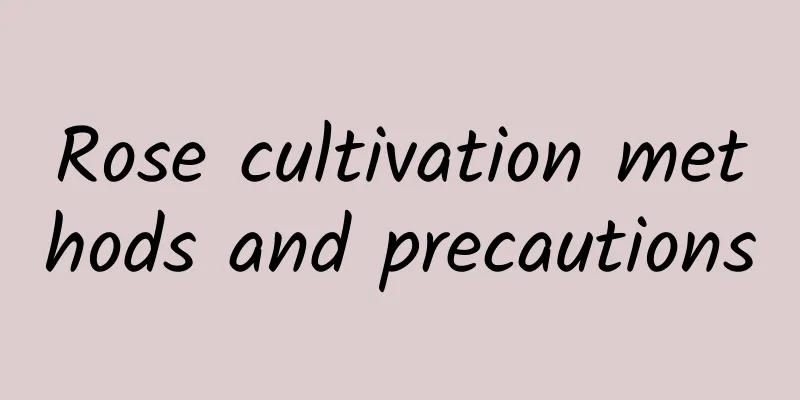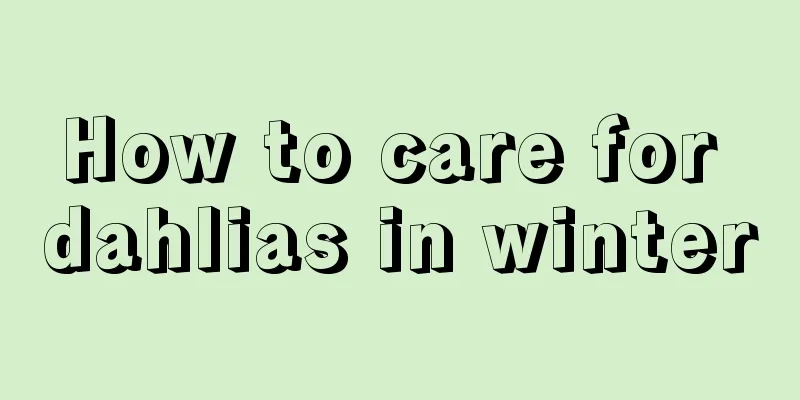Reveal the reason why the leaves of gardenia and jasmine turn yellow, keeping them evergreen all year round is no longer a dream!

Reasons for yellow leaves of gardenia1. Soil is alkalineGardenia needs acidic soil to grow. If the soil is alkaline, gardenia will not be able to absorb iron smoothly, which will have a great impact on the formation of chlorophyll, causing yellow leaves and no flowers, and in severe cases it will lead to the death of the plant. Solution:The soil for growing gardenias must be loose, breathable, fertile, acidic soil, and do not use alkaline water when watering. If the soil is alkaline, you can add a little white vinegar. 2. OverwateringToo much watering can also cause the leaves of gardenia to turn yellow. This usually happens when you water the plant too much right after you get it. Also, if the leaves turn yellow due to environmental changes, you can remove them and wait for new leaves to grow. 3. Excessive fertilizationApplying too much fertilizer at one time can easily cause the leaves to turn yellow. Solution:There are two solutions when fertilizer yellowing occurs. One is to irrigate the roots with plenty of water, raise the flowerpot, and then rinse the soil in the pot with water to reduce the concentration of fertilizer. The other is to remove the pot and wash the roots, then put the roots in a cool place to dry, and then replant them with soil. 4. Unsuitable potting soilThe soil is too compacted and not breathable or water-permeable, which causes long-term water accumulation in the gardenia and easily causes the leaves to turn yellow. Solution: Replace the soil and choose loose, fertile, acidic soil for potting. Reasons for yellow leaves of jasmine1. OverwateringExcessive watering will hinder root respiration and easily cause yellowing of leaves. The main manifestations are yellowing of young leaves, little change in old leaves, and shrinkage and cessation of growth of new branches. Solution:When encountering the above situation, pay attention to the amount of watering to ensure that the soil in the pot is moist. There should be no water accumulation in the pot soil. Just keep the soil slightly dry in winter. 2. Too little or insufficient fertilizerWhen jasmine is fertilized too much, the color of the new leaves will gradually turn brown and the old leaves will gradually turn yellow. If too little fertilizer is applied, the plant will not get enough nutrients, which will also cause the leaves to turn yellow. Solution:Jasmine likes fertilizer. Usually, you can apply 10 times diluted alum fertilizer water once a week. If conditions permit, you can water it with decomposed organic fertilizer. This can make the jasmine flower fragrant. 3. The soil acidity and alkalinity are not suitableLike gardenia, jasmine prefers acidic soil. If the soil is alkaline, the leaves will lose their green color. Therefore, when choosing culture soil, be sure not to use soil that is heavily alkaline.4. Improper winter maintenanceJasmine needs to be placed in a sunny place in winter. The temperature should not be lower than 5 degrees, and it is best to keep it above 10 degrees to reduce the phenomenon of yellowing and withering of leaves. Flower lovers, there are more questions about the care of gardenia and jasmine You can reply to the plant name in the flower gardening dialogue mode. |
<<: What to do if the leaves of Phlox paniculata turn yellow
>>: Why are the peach leaves turning yellow?
Recommend
What month is suitable for planting chicken head fruit seeds
When to plant the seeds of the Chinese cocklebur ...
Planting technology and cultivation management of Paris polyphylla
Paris polyphylla is a common medicinal plant foun...
In autumn and winter, you have to grow large pots of flowers. They are high-end and can protect the house. One pot can last for 20 years!
Monstera - the most popular green plant Monstera ...
Where is the best place to place Clivia
1. Bedroom The bedroom is probably the place wher...
Spring grass cultivation methods and precautions
1. Maintenance conditions 1. Light: It prefers to...
How to keep silver fingers beautiful
1. Adequate sunlight It likes light, so when cari...
How to raise a little human sacrifice
temperature The suitable temperature for the grow...
Breeding methods and precautions of Million Bells
1. Fertilization The million bell plant does not ...
Growth environment and characteristics of wintersweet
Wintersweet Growth Environment and Conditions Win...
How to water Jade Plant? Do you need to water it thoroughly? (What kind of water is suitable for Jade Plant?)
First point: keep the flower soil dry The roots, ...
How long is the growth cycle of red dates?
Growth cycle of red dates The growth cycle of red...
Can the hibiscus survive if its leaves wilt?
1. Can I still live? Hibiscus is a beautiful flow...
How to water blood leaf orchid
1. The amount of watering You can water it a litt...
Can the fortune tree be exposed to the sun? Four seasons of light and maintenance methods
1. Whether you can get sun exposure The money tre...
A seed fell from the tree, I picked it up and took it home, and I became rich
Tamarind I don’t know if you have ever eaten tama...









